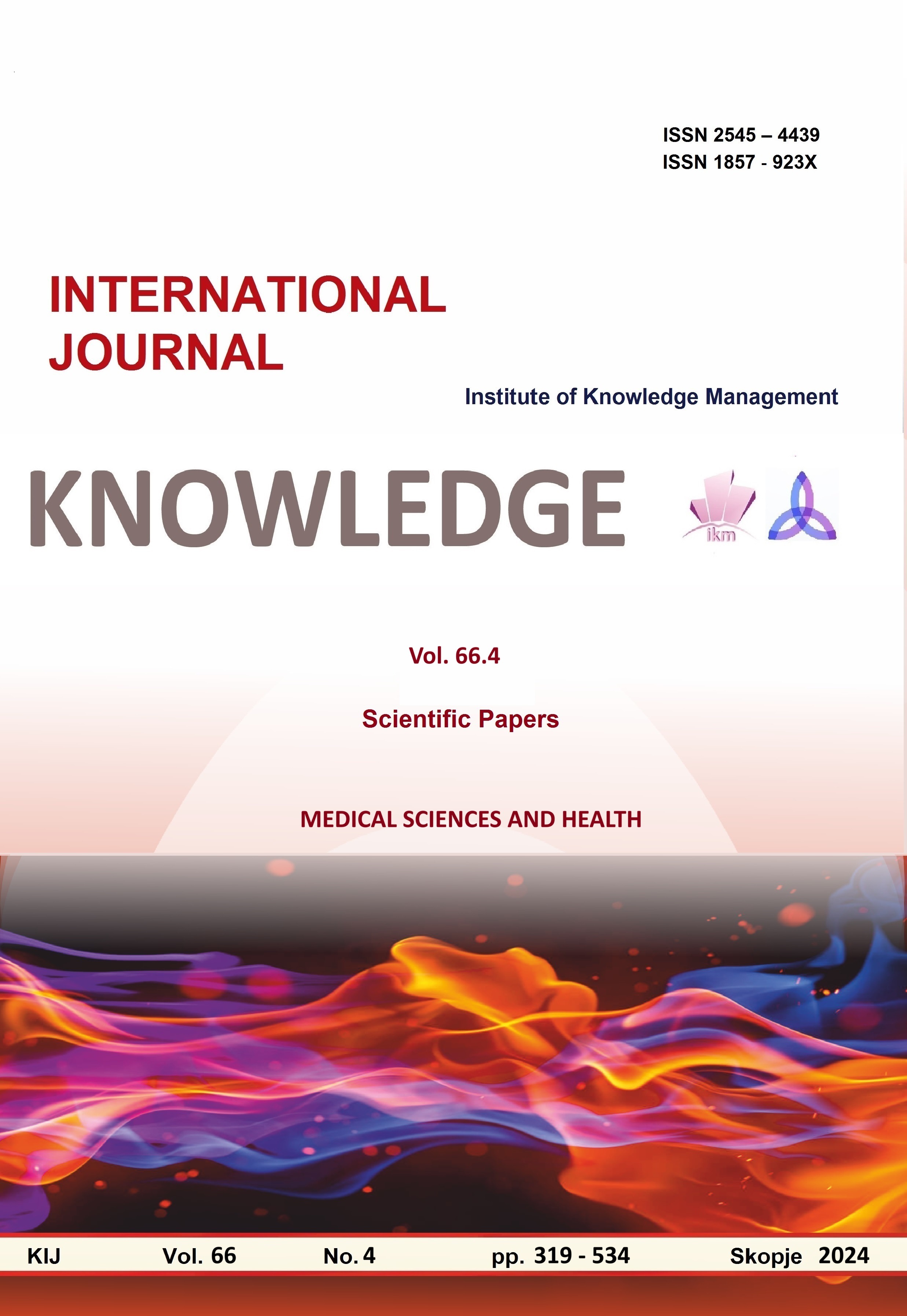REZIDUALNI NEUROMIŠIĆNI BLOK POSLE OPŠTE ANESTEZIJE ZA CARSKI
REZ UZ NEMOGUĆNOST REINTUBACIJE-PRIKAZ SLUČAJA
RESIDUAL NEUROMUSCULAR BLOCK AFTER GENERAL ANESTHESIA FOR
CESAREAN SECTION WITH INABILITY TO REINTUBATE – CASE REPORT
Author(s): Suzana StojanovićSubject(s): Social Sciences, Education
Published by: Scientific Institute of Management and Knowledge
Keywords: Residual neuromuscular block;monitoring and reversal of neuromuscular block;Sugammadex
Summary/Abstract: Residual neuromuscular block is a common complication of the use of non-depolarizing muscle relaxants during general balanced endotracheal anesthesia. It occurs due to inadequate recovery of neuromuscular function, leading to insufficient breathing and thus hypoxemia, as well as the absence of protective reflexes, which can result in aspiration and pneumonia. It can occur in all patients with a TOFR ≤ 0.9. It is not possible to predict which patient will experience a severe residual neuromuscular block because numerous factors influence its occurrence. Thus, the only reliable parameter for assessing recovery from neuromuscular block is neuromuscular monitoring. To safely extubate the patient, TOFR values should be greater than 0.9. This paper presents a case of residual neuromuscular block in a patient who was under general endotracheal anesthesia for a cesarean section. After the cesarean section, the awakening process was initiated, and the procedure proceeded normally. The anesthesia itself was uneventful except for slightly difficult endotracheal intubation. During awakening, after achieving an adequate tidal volume (Vt) and administering reversal for the nondepolarizing muscle relaxant (anticholinesterase drug - neostigmine with atropine to mitigate neostigmine's side effects), the patient was extubated. Following extubation, the patient began experiencing breathing and swallowing difficulties as well as problems with ventilation through a facial mask, which compromised the patient's breathing and led to a SpO2 drop to 90%. The same dose of neostigmine was repeated (reaching a maximum dose of 5mg), but without a visible response from the patient. Breathing remained inadequate and difficult, and ventilation through a facial mask was not possible, leading to a SpO2 drop to 80%. Due to these events, reintubation was attempted by two experienced anesthesiologists but was unsuccessful. Sugammadex, a specific antidote for rocuronium, was administered at a dose of 2.5mg/kg. The patient began breathing spontaneously within less than a minute after receiving Sugammadex, normal breathing was established, and SpO2 levels returned to 100%. During awakening from anesthesia, where a non-depolarizing muscle relaxant was used to avoid residual neuromuscular block, it is not sufficient to rely solely on clinical tests. Quantitative monitoring of block depth (TOFR) is primarily recommended. Extubation is safe when TOFR > 0.9. Additionally, for reversing neuromuscular block, it is not enough to use only an anticholinesterase drug (neostigmine); it should even be avoided due to its numerous side effects. It is recommended to use Sugammadex as a specific antidote for rocuronium (but also for other aminosteroid non-depolarizing muscle relaxants, such as pancuronium and vecuronium). Sugammadex has proven to be a very effective drug for eliminating symptoms of residual neuromuscular block.
Journal: Knowledge - International Journal
- Issue Year: 66/2024
- Issue No: 4
- Page Range: 381-385
- Page Count: 5
- Language: Serbian

